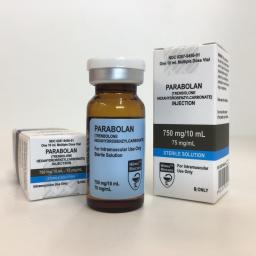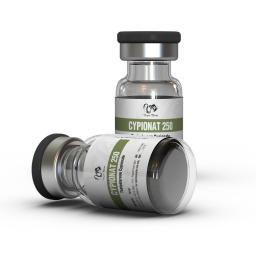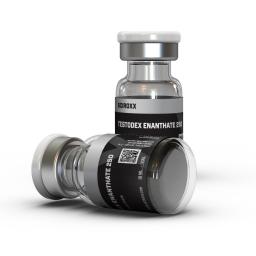No sweat is not just an expression. Limiting perspiration in localized areas associated with apocrine sweat is desirable from a social perspective. Apocrine sweat is associated with odor because of the action of bacteria on components of the sweat. In a functional sense, products may approach the problem by inhibiting bacterial growth, inhibiting sweat secretion, or merely deodorizing the product.
Substances that inhibit perspiration either by reducing pore size or by clogging pores to retard perspiration are antiperspirants. Aluminum chlorohydrate (or derivatives thereof) is the most common compound used in antiperspirants and deodorants. Cyclodextrins, baking soda or talc may be included to absorb moisture and odor. Antioxidants, anticholinergics and some extracts of herbal medicines are under investigation as active ingredients.
Caution: Deodorants and antiperspirants may contain antibiotics and preservatives that can cause irritation. Other ingredients that can photosensitize may also be present. Avoid applying them to broken or irritated skin.
Natural Approaches
Antioxidant vitamins such as vitamin E may be beneficial to skin and help to limit the odor of apocrine sweat, but will do nothing to limit the production of sweat. Essential oils extracted from plants and trees provide some measure of antiperspirant or deodorant activity. Many have antiseptic or antibacterial action which accounts for their deodorizing properties. Others are astringents or antiperspirants and actually decrease the amount of sweat produced by occluding or shrinking pores.
Usually, only very small amounts of the essential oil need be present in the preparation for a desirable effect. However, care should be taken when using natural preparations as these extracts can irritate or photosensitize the skin. When trying any new topically applied product, whether synthetic or natural, a patch test may be warranted. This test amounts to applying the product to an adhesive bandage, placing the patch on the skin and watching for any reaction over 12 to 24 hours. If the skin starts to itch or hurt the patch should be removed immediately. Any reaction beyond a slight reddening is unacceptable and may require the services of a dermatologist.
The table below lists some essential oils with properties relative to personal hygiene. Some are used in very small amounts in antiperspirant or deodorant preparations labeled as natural. For instance, fir oil is used in creams to limit foot perspiration and odor. Some, such as geranium, lemongrass, thyme, and tea tree oils, also have antifungal activity and may be effective treatments for athletes foot.
| Botanical | Type | Antibacterial | Antiperspirant | Astringent | Deodorant | Photosensitizer |
| bergamot | tree | |||||
| benzoin | tree | |||||
| cypress | tree | |||||
| eucalyptus | tree | |||||
| fir | tree | |||||
| geranium | plant | |||||
| lavender | plant | |||||
| lemongrass | plant | |||||
| niaouli | tree | |||||
| orange | tree | |||||
| rosemary | plant | |||||
| rosewood | tree | |||||
| sage | tree | |||||
| spruce | tree | |||||
| tea tree | tree | |||||
| thyme | plant |
Best Steroid Products on Sale
Tren-H 500 (5ml)
|
Legit Cypionat 250
|
Buy Testo-E 1250 (5ml)
|


